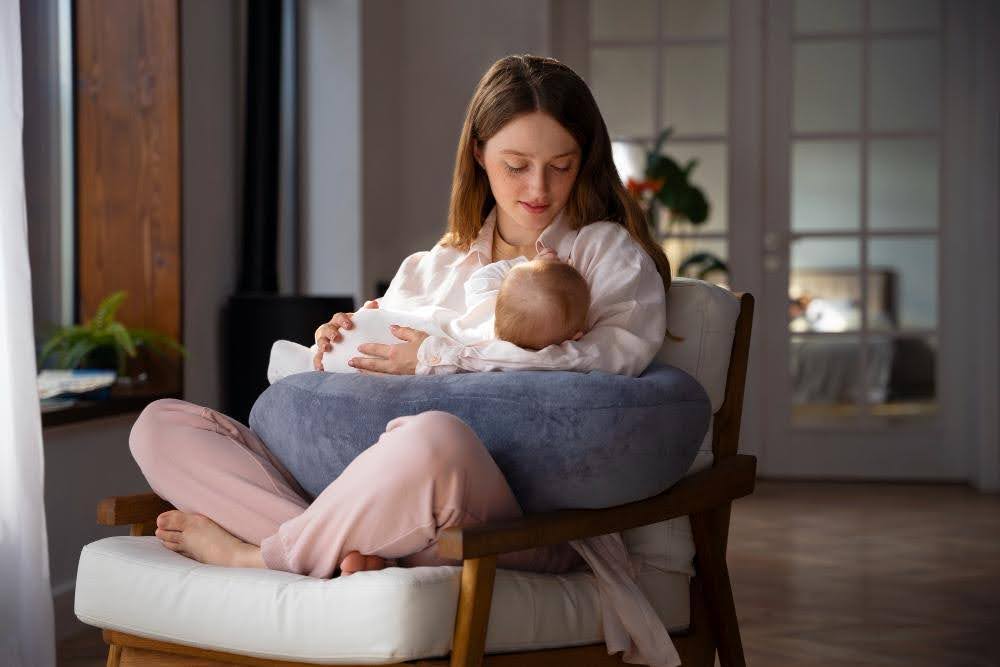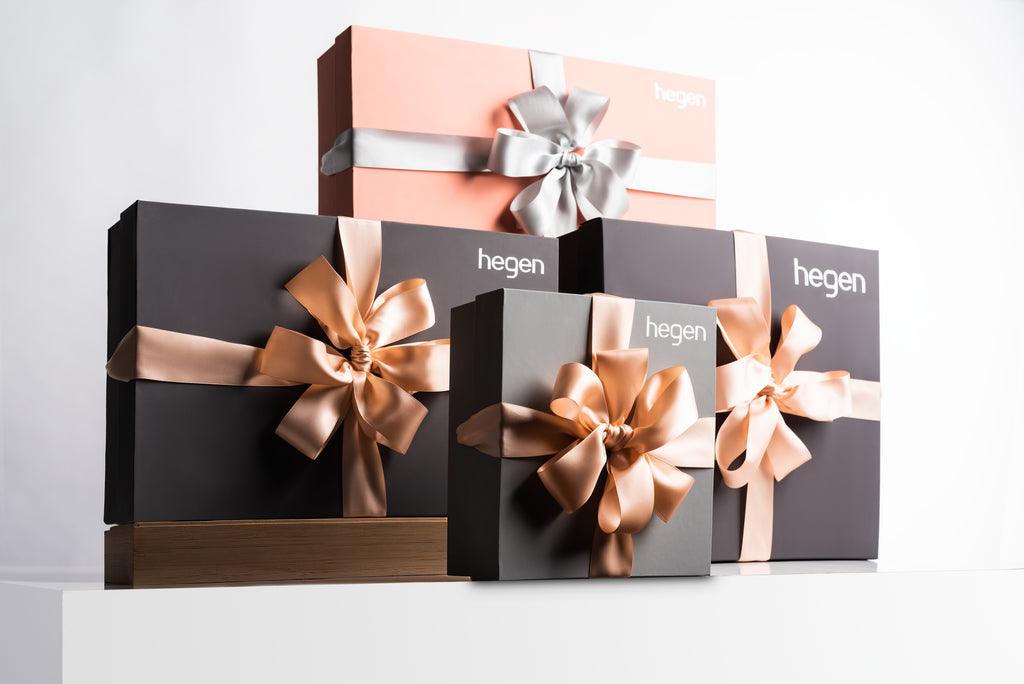Ensuring your baby’s milk bottle is thoroughly cleaned and sterilised is essential for their health and well-being. Babies have developing immune systems, making them more vulnerable to bacteria and infections. Proper cleaning not only prevents harmful bacteria buildup but also helps extend the lifespan of baby bottles, especially those made from premium materials like PPSU bottles. This guide walks you through how to clean baby bottles properly, the best sterilisation methods, and common mistakes to avoid—so you can confidently provide your baby with a safe feeding experience.
Why Proper Bottle Cleaning is Essential
Milk residue left in your baby’s feeding bottle can quickly become a breeding ground for harmful bacteria, potentially leading to digestive issues or infections in newborns. While rinsing may remove visible milk, it doesn’t eliminate bacteria, making both washing and sterilisation essential steps in bottle hygiene.
So, what’s the difference between washing and sterilisation?
- Washing removes visible residue, milk fats, and dirt using soap and water.
- Sterilisation eliminates harmful bacteria, viruses, and germs, preventing potential infections.
Both steps work hand in hand to ensure bottles remain safe for use. Using the right cleaning tools, such as soft bottle brushes and baby-safe detergents, helps achieve a thorough cleaning without damaging the bottle components. By incorporating a proper cleaning routine, parents can ensure their baby's bottles remain hygienic, reducing health risks and providing peace of mind.
Step-by-Step Guide to Washing Baby Bottles
Maintaining the cleanliness of your baby bottle doesn't have to be complicated. Follow this step-by-step guide to ensure proper milk bottle cleaning and hygiene:
- Disassemble the Bottle: Immediately after feeding, disassemble all parts of the bottle, including the teat, sealing ring, and cap. This allows for thorough cleaning of each component.
- Rinse Immediately After Use: Rinse bottles with warm water as soon as your baby finishes feeding to prevent milk from drying inside.
- Use Warm Soapy Water: Use a mild, baby-safe dish soap to wash all parts of the bottle.
- Scrub Thoroughly: Use a dedicated bottle brush to scrub the inside of the bottle, paying special attention to corners, threads, and crevices. A smaller brush can be used for teats and other smaller parts.
- Rinse with Clean Water: Thoroughly rinse all components under running water to remove any soap residue, which can be harmful to your baby’s delicate digestive system.
- Air-Dry on a Clean Rack: Place washed components on a clean, dedicated drying rack to air-dry completely. Avoid using cloth towels, as they can introduce bacteria.
How to Clean Bottle Teats
Bottle teats need extra care, as their soft material and intricate design make them more prone to milk buildup.
- After disassembling, wash the teat with a baby bottle detergent, ensuring all surfaces—especially the anti-colic vent—are thoroughly cleaned.
- Gently massage the vent and teat opening to remove any trapped milk, as blockages can interfere with proper airflow during feeding.
- Use a baby bottle brush to scrub small crevices where bacteria might hide.
- Rinse thoroughly under running water to remove any detergent residue.
- Regularly inspect teats for wear, cracks, or discolouration—they should be replaced every three months or sooner if damaged.
How to Deep Clean and Sterilise Baby Bottles
Sterilisation is crucial, particularly for newborns who are more vulnerable to infections. Before the first use, all bottle components should be sterilised (excluding parts like silicone tubing or breast milk pump accessories). Always disassemble bottles before sterilisation to ensure thorough cleaning.
- Boiling Method: Bring a pot of water to a rolling boil, then submerge all washed components for five minutes before removing them with tongs. Allow them to air-dry on a clean surface.
- Electric Steam Steriliser: A convenient and efficient method, steam sterilisers use high-temperature steam to kill bacteria. Always follow the manufacturer’s guidelines for optimal results.
- Microwave Steam Sterilisation: Similar to an electric steriliser, this method uses steam generated inside a microwave sterilisation container to sanitise bottles. Be sure to adhere to product instructions for proper use.
- UV Sterilisation: A chemical-free, hassle-free option, UV sterilisers use ultraviolet light to eliminate bacteria. This method is particularly useful for parents seeking a quick and efficient solution.
- Dishwasher Cleaning: If your baby bottles are dishwasher-safe, place them on the top rack and use a mild detergent. Avoid high-heat settings like "sanitary clean" or "heat boost," as excessive heat can warp plastic components.
As a general rule, baby teats should be replaced every three months, while bottles should be replaced every six months or earlier if they show signs of wear, discolouration, or damage.
Common Mistakes to Avoid When Cleaning Baby Bottles
Proper cleaning is essential to keeping baby bottles safe for use, but some common mistakes can compromise hygiene and bottle durability. Here are key pitfalls to avoid:
- Using Harsh Soaps That May Leave Harmful Residues: Avoid chemically aggressive or abrasive cleaning agents, solvents, or antibacterial cleaners, as they can damage the bottle material and leave behind residues that could be harmful to your baby. Instead, opt for a mild, baby-safe detergent designed specifically for bottle cleaning.
- Not Cleaning Bottle Teats Thoroughly: The teat is one of the most critical components to clean, as milk residue can easily build up inside, especially in anti-colic vents and small openings. Use a dedicated bottle brush and teat cleaner to clean every crevice and ensure proper airflow during feeding.
- Drying Bottles With A Cloth Towel: While it may seem convenient, cloth towels can introduce bacteria and lint onto clean bottles. Instead, let the bottles air-dry on a dedicated drying rack or use a UV steriliser with a drying function.
- Leaving Bottles Unwashed For Long Periods: Allowing milk to sit in a used bottle for hours makes cleaning much harder and increases the risk of bacterial growth. To prevent this, always rinse bottles immediately after use and wash them as soon as possible.
By avoiding these mistakes, parents can ensure their baby's bottles remain safe, clean, and in good condition for longer.
Best Practices for Storing Clean Baby Bottles
Proper storage is just as important as cleaning when it comes to maintaining hygiene and prolonging the lifespan of baby bottles. Here’s how to store bottles safely:
- Ensure All Components are Thoroughly Dried: Moisture can encourage bacteria growth, so always allow bottles and teats to dry completely before storing. This can be done using a drying rack or a UV steriliser with a drying function.
- Store in a Clean, Sterile Container: Once dry, place all components in a sealed, sterile storage box to keep them free from dust and contaminants. Avoid leaving bottles exposed on kitchen counters where they may come into contact with airborne germs.
- Regularly Clean and Sterilise The Storage Box: Even a clean storage box can collect dust and bacteria over time. To prevent cross-contamination, wash and sterilse the storage box regularly.
- Keep Bottles Assembled Until Use: To reduce the risk of contamination from handling, store bottles fully assembled with their caps on. This prevents dust and other particles from settling inside the bottle and teat.
Baby Bottle Cleaning Made Simple with Hegen

Keeping baby bottles clean is crucial for your baby’s health, and with Hegen, it’s easier than ever. By following a consistent cleaning routine, sterilising regularly, and avoiding common mistakes, you can ensure a safe and stress-free feeding experience.
With the right techniques and tools, it becomes a simple and manageable part of daily life. Hegen's innovative designs simplify this process with easily disassembled milk bottles, making it easy to clean every part thoroughly. This thoughtful design ensures impeccable hygiene with minimal effort, giving you peace of mind and more time to focus on what matters most—your baby. Explore Hegen’s range of milk storage bottles and PPSU bottles today and discover how effortless bottle cleaning can be.





